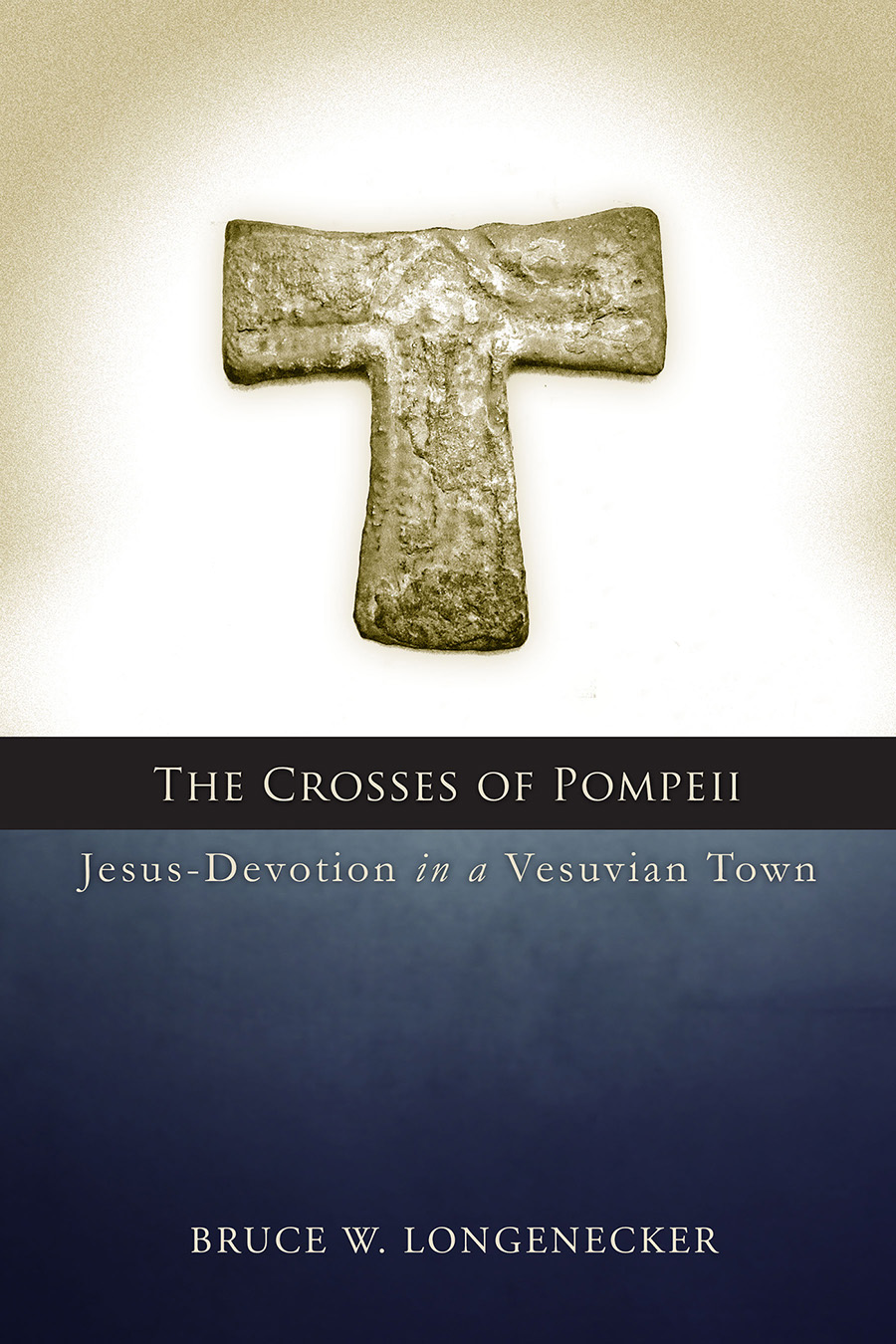Fisherman,
Are you familiar with the Alexamanos Graffitti?
The Alexamanos Graffito, dating from c.200 or earlier, is an interesting early parody of Christianity.
This early graffito (wall-scratching; singular of graffiti) was discovered in 1857 in a guardroom on Palatine Hill near the Circus Maximus in Rome, and is now in the Palatine Antiquarian Museum.
The drawing shows a man with an ass's head being crucified, to which a youth is raising his hand as if in prayer. The text in Greek reads:
ALE XAMENOS SEBETE THEON
which means, "Alexamenos worships his god."
Before Christianity, the Jews had already been charged with worshipping an ass; this was probably the basis of this accusation being directed at Christianity.
The criticism is mentioned in several early pagan and Christian works. Minicius Felix sought to refute the pagan notions that "the religion of the Christians is foolish, inasmuch as they worship a crucified man, and even the instrument itself of his punishment. They are said to worship the head of an ass, and even the nature of their father" (Octavius, IX). Tertullian mentioned that the pagans think "our god is an ass's head" (Apology, XVI).
The graffito also represents how contemptible and absurd the idea of a crucified god was to pagan thinking. Perhaps a century earlier, St. Paul had remarked that the crucifixion was "unto the Jews a stumblingblock, and unto the Greeks foolishness" (I Corinthians I.23).
The "Y" in the upper right of the picture might be a representation of a cry of anguish. As a "Y" has also been found on a tablet relating to the worship of the Egyptian god Seth, some initially argued that the graffito shows a worshipper of Seth. This does not seem to be a commonly held opinion today, however.
According to the Catholic Encyclopedia, this drawing is also significant in that it shows the crucifix was in figurative use by Christians at this early stage, which is where the caricaturist would have gotten the idea.


